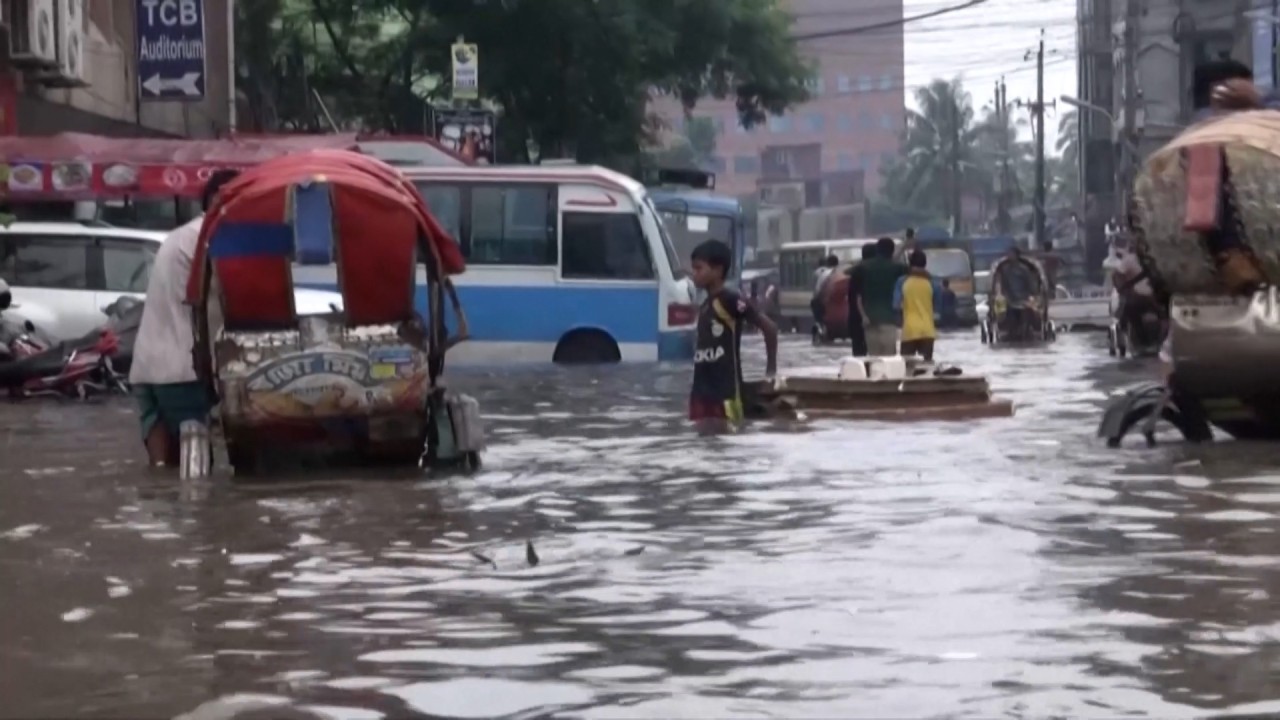
As climate change makes itself felt through heatwaves and floods, are our mega-cities ready?
- World Population Day is an occasion to reflect on how the world can best address the challenges posed by the combination of urbanisation and climate change
This highlights the key issue of preparedness. One reason other heatwaves, such as the one in Paris in 2003, were so devastating is because both the public and authorities were unprepared for dealing with such extreme weather, which was exacerbated by building practices, especially the lack of air-conditioning.

So there is a pressing need for cities to develop emergency refuge areas, which in some cases may already exist, but in most cases will need to be built from scratch. Thus, engineers and planners are considering how to identify and design such emergency centres, whether outside or within buildings, and how these should be connected to the wider urban system, including transport.
Asia’s cities at greatest risk from pollution, natural disasters: report
Training populations to use the centres effectively is also essential. Emergency energy supplies for communities, which are essential for medical emergencies, need to improve in future too, including by using advanced solar power.
Because of the failures to deal with some recent hazards affecting mega-cities, governments are planning for multiple challenges and developing strategies for managing the range of environmental factors which could emerge. Several cities are also experimenting with air quality hazard indicators based on complex system models to apprise citizens of how the environment in their cities varies hourly and over the longer term.
What these models need is improved availability of relevant environmental and socio-economic data. Here, international agencies such as the World Meteorological Organisation, as well as governments, need to collaborate more and make maximum use of digital technology and communications.
This will better enable data showing how people experience both rapidly occurring hazards, such as tornadoes, and slower – but still deadly – phenomena such as loss of crops from rising sea levels and salt penetration.
Fortunately, mega-cities have a global organisation for information exchange and collaboration called C40 Cities. The future agenda here includes enhanced intercity cooperation on policies for dealing with hazards, and putting more pressure on governments to assist, especially with finance and data, plus strategic priorities.
Andrew Hammond is an associate at LSE IDEAS at the London School of Economics



